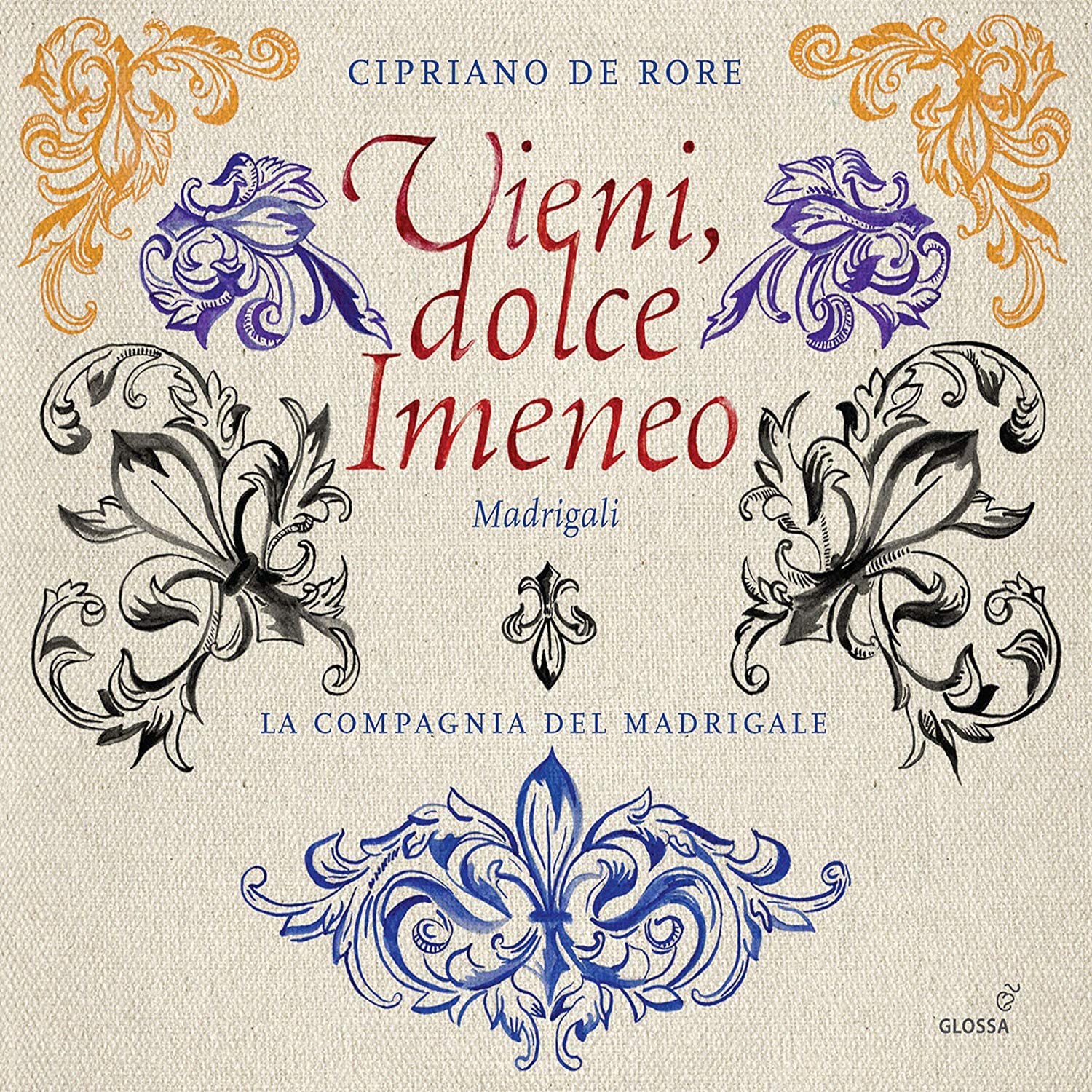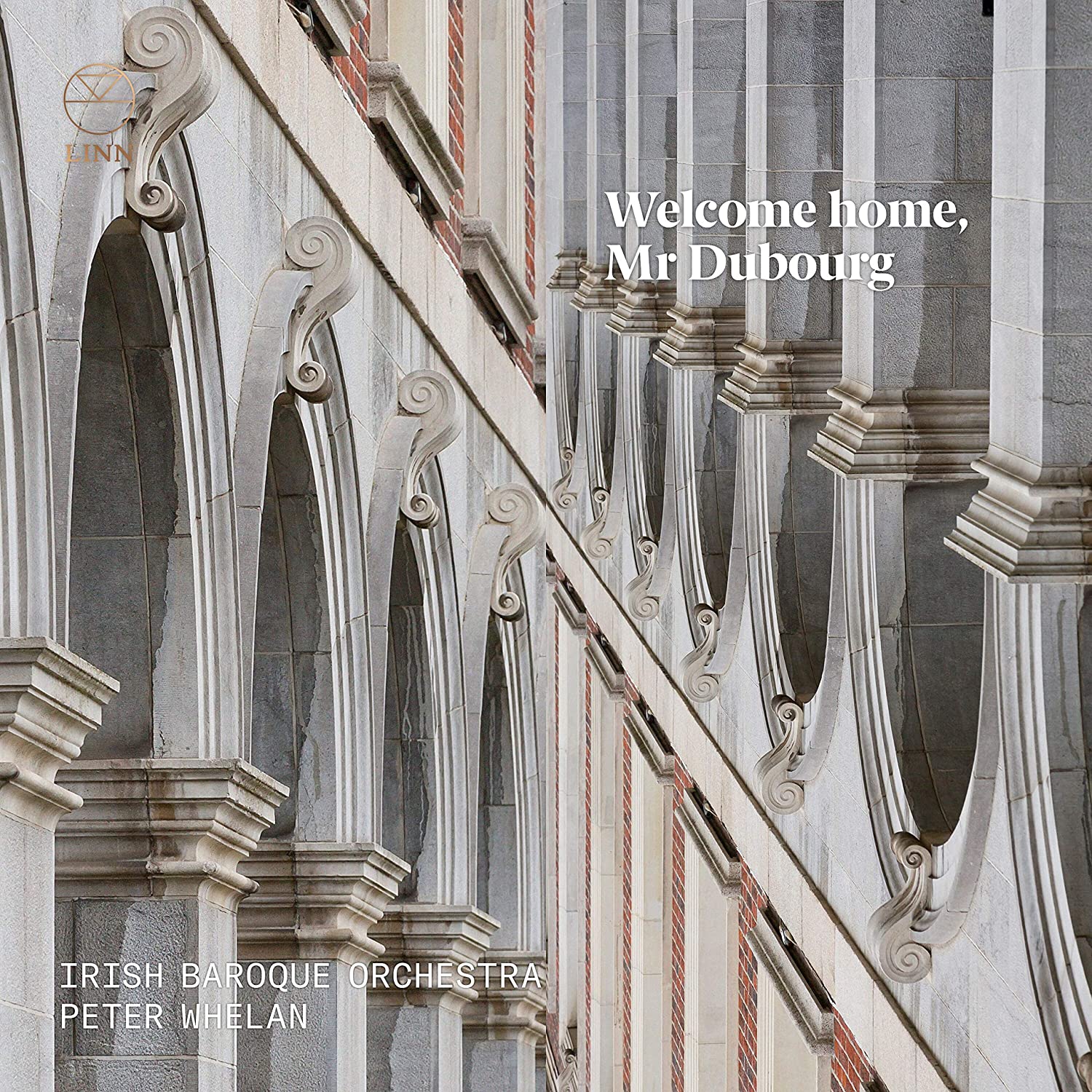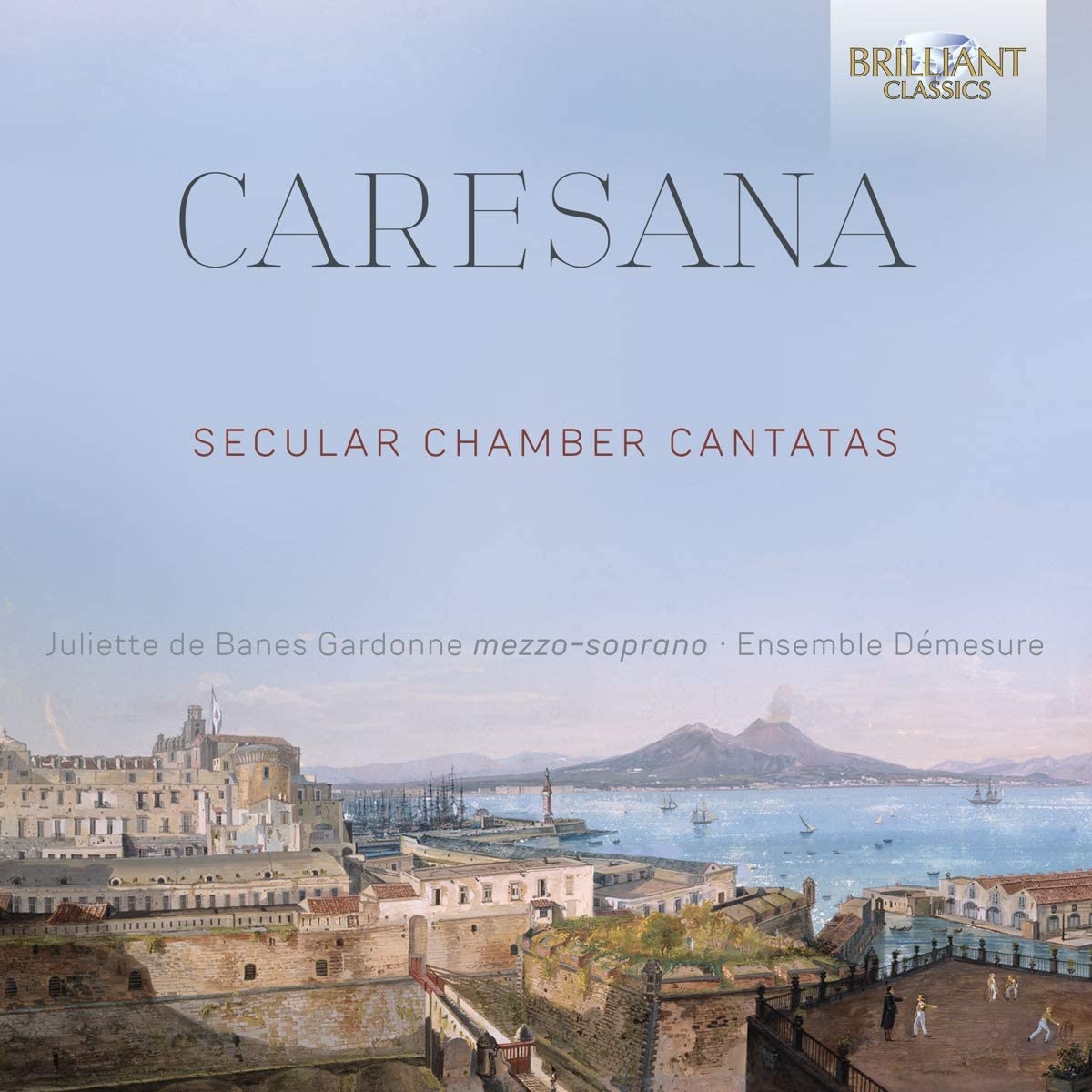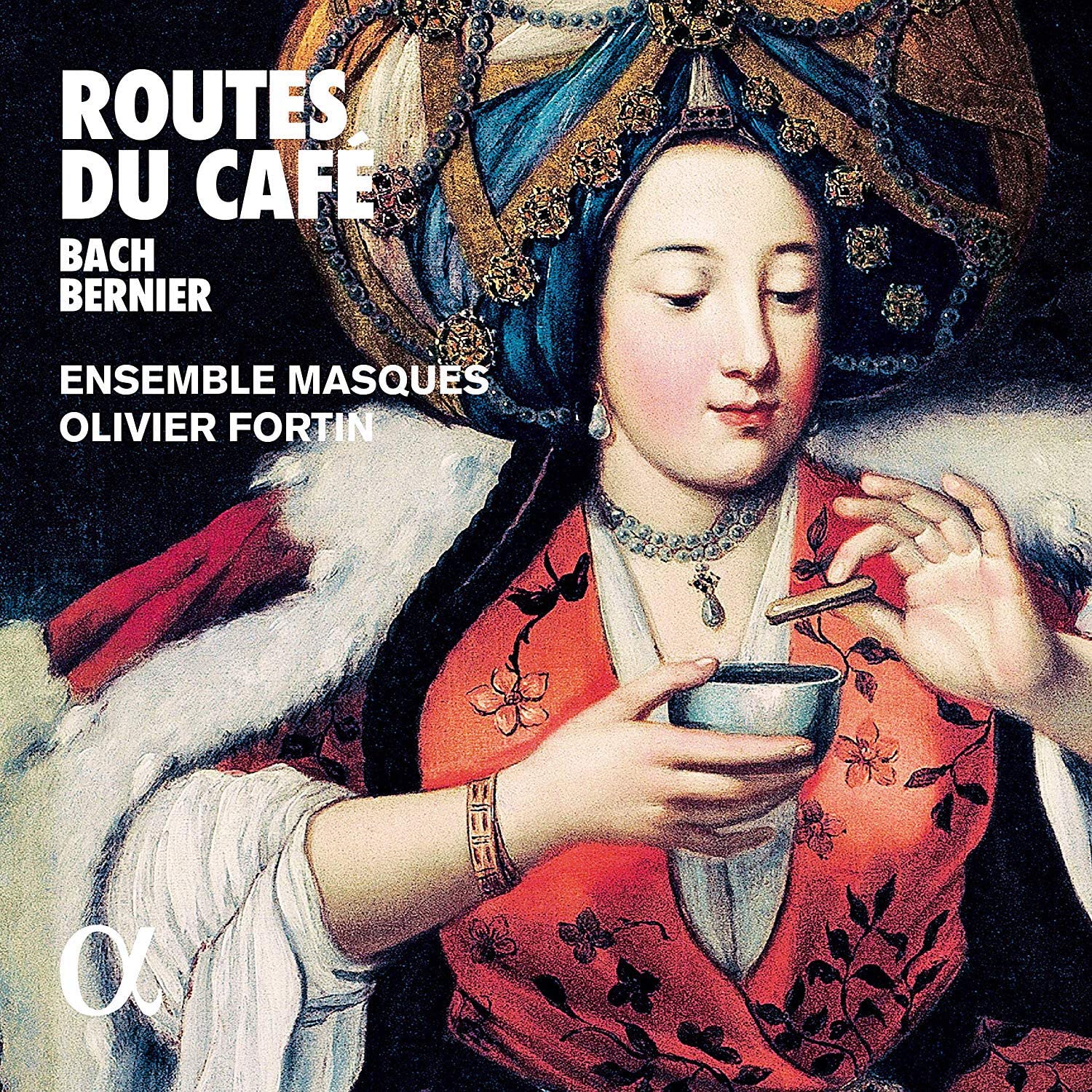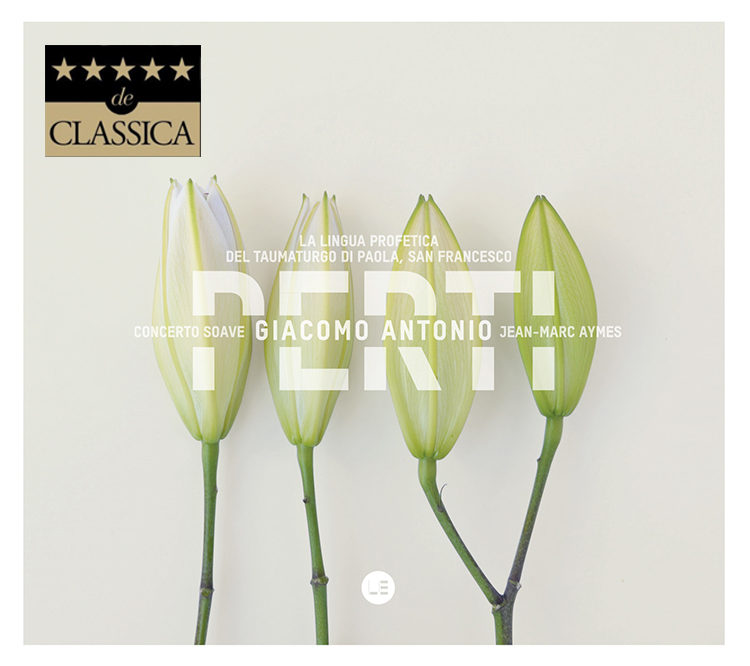800 Years of Christmas Music
the telling
51:17
First Hand Records FHR94
Click HERE to buy this CD on amazon.co.uk
This selection of Christmas carols is gleaned from the 12th to the 20th centuries, sharing a sort of folk music quality, which suits the performance style of The Telling. Playing and singing in groups of at most three and sometimes solo, the two voices and two harps are at their best at their simplest. On the odd occasion, like track 3 “O Jesulein Süß”, when the two voices combine in harmony, the blend is less than comfortable, although each sounds fine in solo verses. The geographical range of the music seems neatly to match the cultural heritages of the performers, so we have mainly English, Irish, German and Finnish carols. I would have liked some more details about the medieval, baroque and ‘celtic’ harps played by Jean Kelly and Kaisa Pulkkinen, as well more information on the approach to the instrumental accompaniments – the iconic Gruber setting of “Stille Nacht” has a perfectly good accompaniment for guitar, but the accompaniment here on ‘celtic’ harp seems to be largely improvised. The stylistic range of the carols The Telling have chosen demands a considerable degree of versatility in performance, and I would confess that I don’t think they are equally effective with all the material – I think the medieval material seems best suited to the voices particularly. Reading their group CV, I think that their live performances usually include a dramatic dimension, and perhaps their recordings suffer a little by being deprived of this.
D. James Ross

